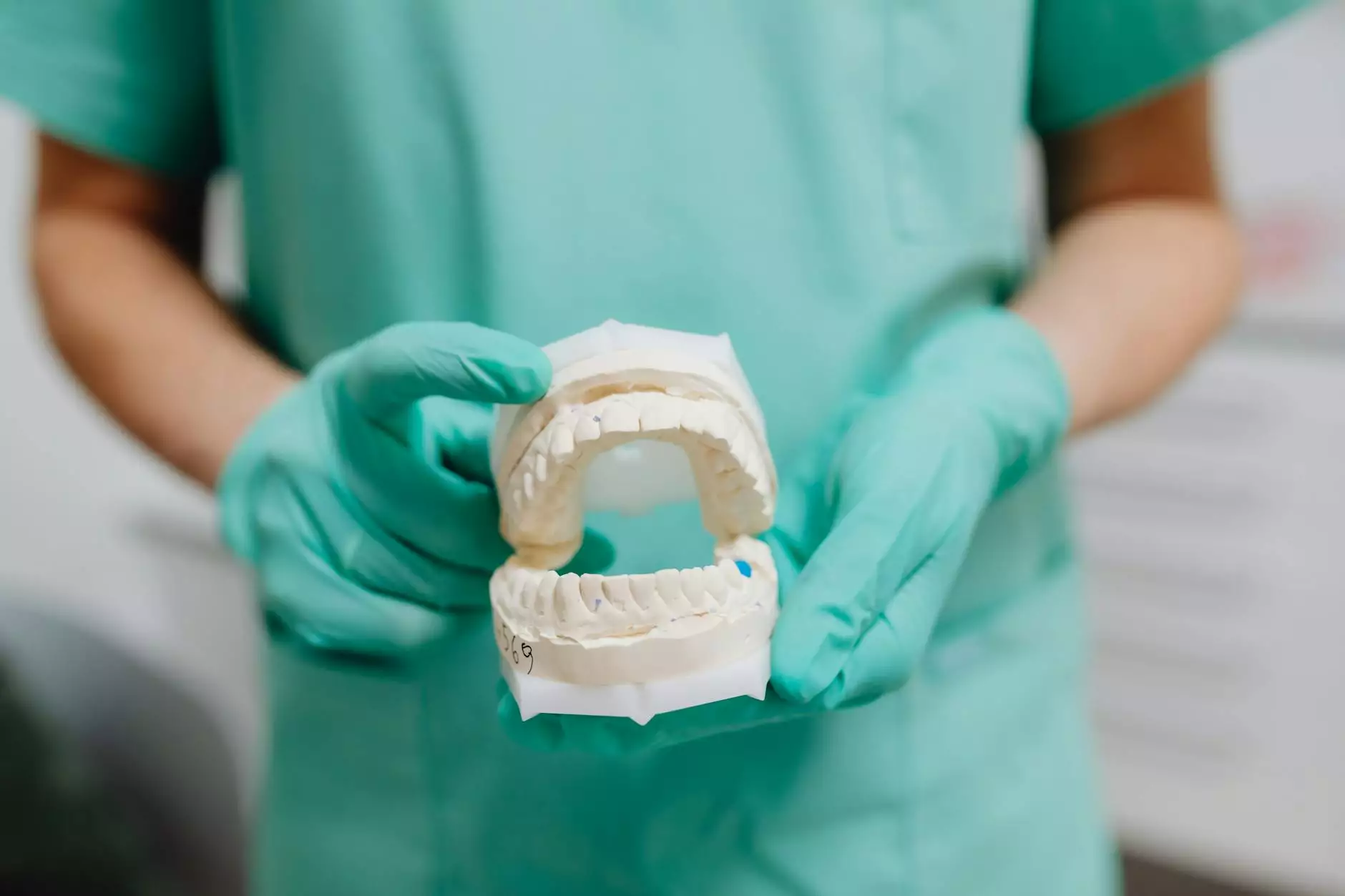Understanding T4 and T5 in the Spine: Importance in Health and Healing

The human spine consists of several vertebrae that play essential roles in supporting the body and protecting the spinal cord. For those interested in health and medical discussions, especially in the fields of chiropractic and physical therapy, understanding the anatomy and function of specific vertebrae, such as T4 and T5, is critical.
What are T4 and T5?
The thoracic spine, which is part of the vertebral column, consists of twelve thoracic vertebrae labeled T1 to T12. The T4 and T5 vertebrae are located in the middle section of this part of the spine, providing stability and flexibility to the upper body.
Location of T4 and T5
To understand the location of T4 and T5 in the spine, it’s important to visualize the overall layout of the spinal column:
- The spine is divided into several regions: cervical, thoracic, lumbar, sacral, and coccygeal.
- The cervical region consists of the first seven vertebrae (C1 - C7), located in the neck.
- The thoracic region follows with twelve vertebrae (T1 - T12), where T4 and T5 are situated between T3 and T6.
- Below the thoracic region lies the lumbar region, comprising five vertebrae (L1 - L5).
Importance of T4 and T5
The T4 and T5 vertebrae serve pivotal roles in both structural support and neurological function:
- Support and Mobility: These vertebrae help maintain posture and allow for upper body movements, such as twisting and bending.
- Protection of Spinal Cord: They encase part of the spinal cord, protecting it from injury while allowing for flexibility.
- Rib Articulation: T4 and T5 serve as attachment points for the ribs, contributing to the thoracic cavity’s structure and function.
The Intervertebral Discs
Between each pair of vertebrae, including T4 and T5, are intervertebral discs composed of a tough outer layer and a softer inner core. These discs act as shock absorbers and allow for movement:
- Shock Absorption: The discs prevent the vertebrae from impacting each other and help to absorb stress from physical activities.
- Facilitating Movement: They provide the necessary flexibility to the spinal column, enabling everyday movements.
Chiropractic Perspective on T4 and T5
In the field of chiropractic, the alignment and health of the thoracic spine, including T4 and T5, are crucial. Misalignment in these vertebrae can lead to various health issues:
- Postural Problems: Misalignment can cause poor posture, leading to discomfort and chronic pain.
- Nerve Interference: Subluxations in T4 and T5 may interfere with nerve pathways, potentially causing pain, numbness, or tingling in related areas.
Chiropractic Techniques for T4 and T5
Chiropractors use various techniques to address issues related to T4 and T5:
- Adjustment Techniques: Gentle manipulation of the spine can correct misalignments and restore proper function.
- Therapeutic Exercises: Chiropractors may prescribe specific exercises to strengthen the muscles supporting the thoracic spine.
- Posture Correction: Guidance on maintaining proper posture can alleviate strain on the spine.
Physical Therapy and T4 and T5
Physical therapy plays a complementary role in managing conditions related to T4 and T5. Therapists target strength and flexibility to enhance spinal health:
- Strengthening Exercises: Focused exercises help strengthen the muscles around the thoracic region, improving support and stability.
- Manual Therapy: Techniques like mobilization can help ease tension and enhance mobility in the thoracic spine.
- Education on Body Mechanics: Teaching safe body mechanics during daily activities can prevent injury and support spinal health.
Common Conditions Related to T4 and T5
Dysfunctions or injuries to the T4 and T5 vertebrae can lead to various conditions, including:
- Thoracic Pain: Discomfort in the thoracic region can arise from muscle strains or misalignments.
- Radiculopathy: Nerve compression can lead to pain radiating to the arms or chest.
- Scoliosis: Abnormal curvature of the spine may develop, affecting the thoracic region.
- Herniated Discs: Displacement of the intervertebral discs can occur, leading to significant pain and mobility issues.
Conclusion
Understanding “where is T4 and T5 in the spine” enhances our knowledge of spinal health and its impact on overall well-being. Proper alignment of the thoracic spine not only contributes to physical stability but also supports neurological functions essential for daily activities. Engaging with professionals in the fields of chiropractic and physical therapy can lead to improved spinal health, better posture, and a reduction in pain. By actively addressing the needs of T4 and T5, individuals can achieve a healthier spine and a more fulfilling life.
For further guidance on spinal health, consider consulting with a licensed chiropractor or physical therapist who specializes in spinal conditions. They can offer personalized treatment plans, exercises, and lifestyle modifications to promote optimal spinal health.
where is t4 and t5 in spine








